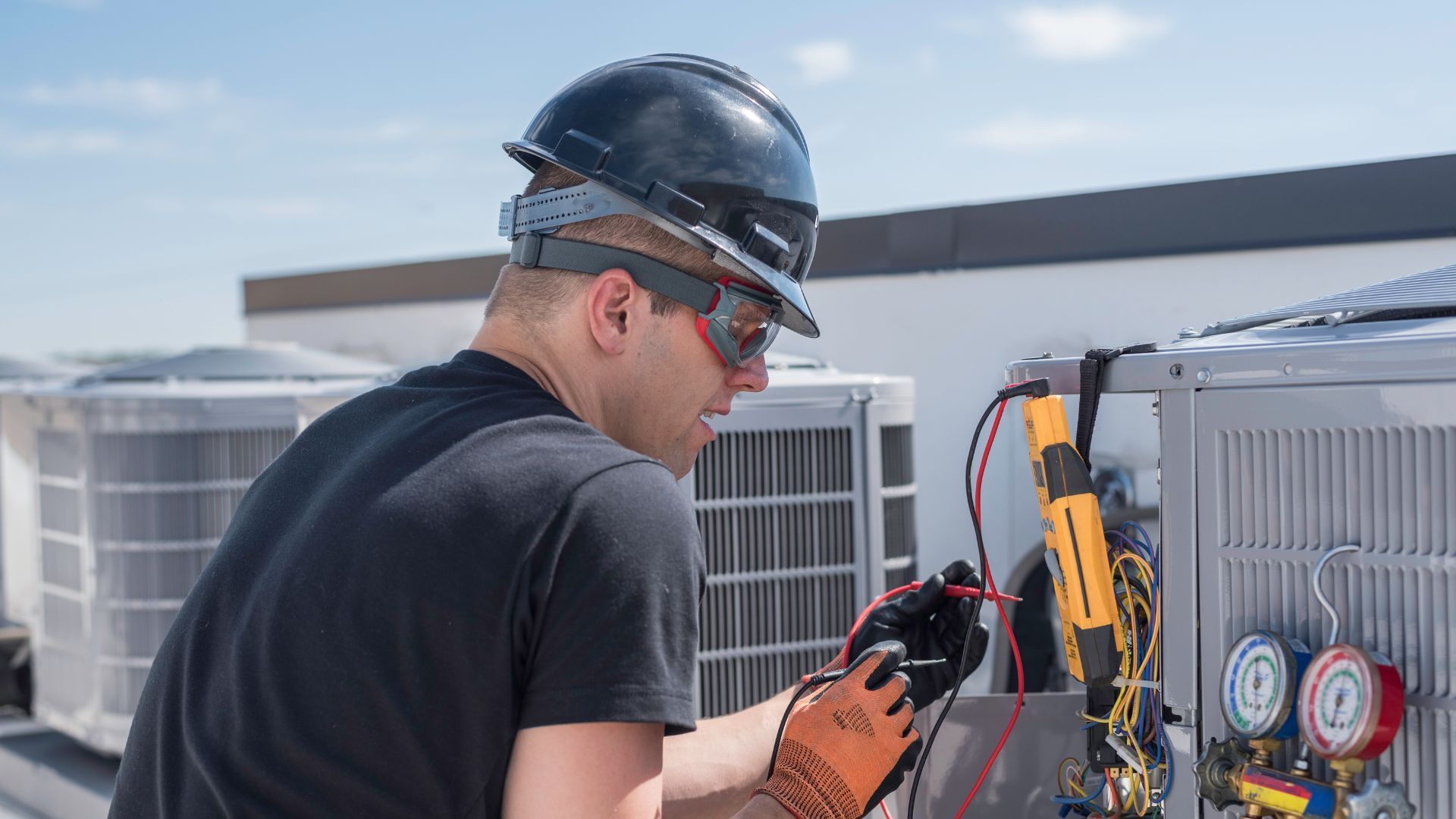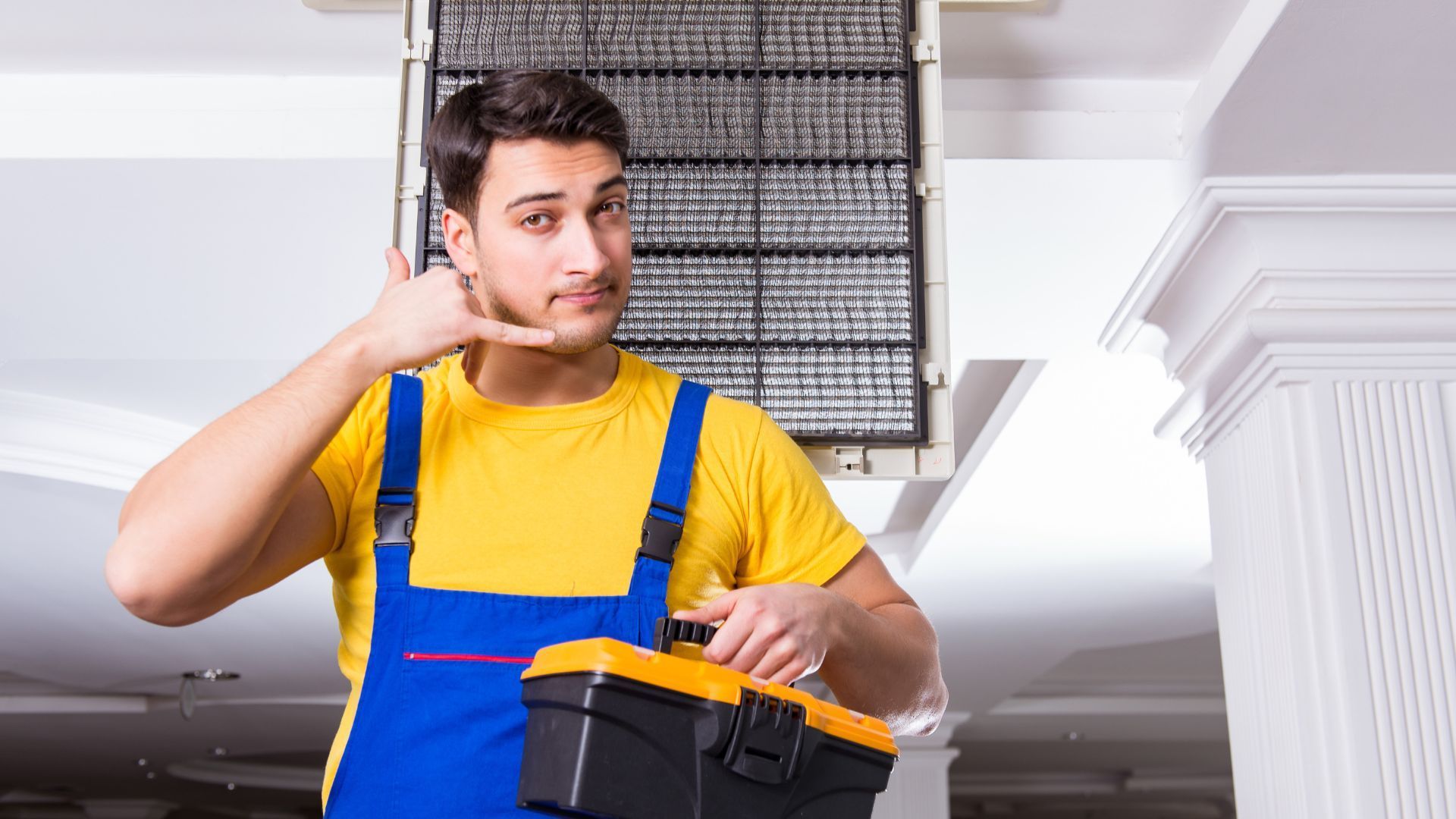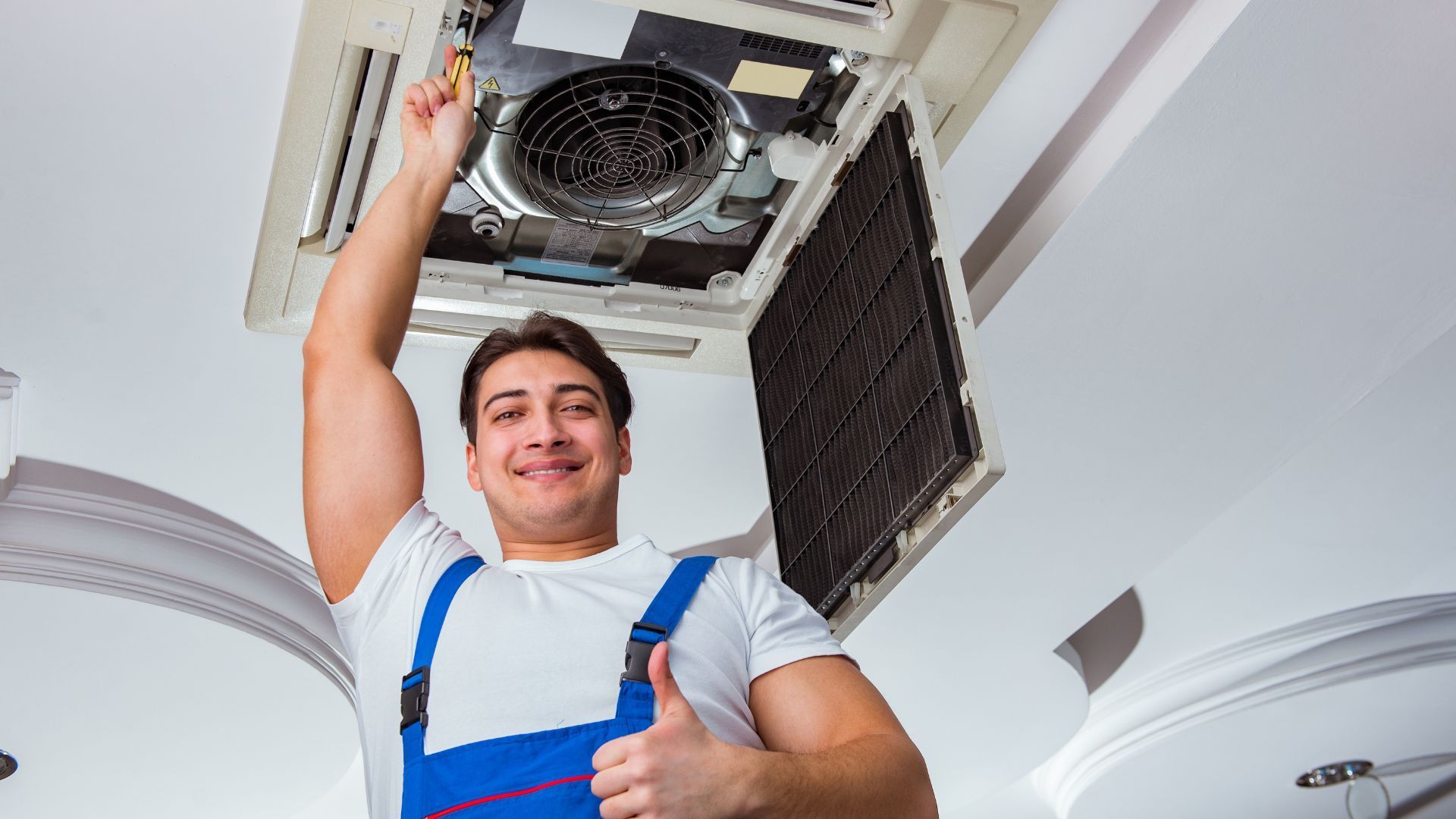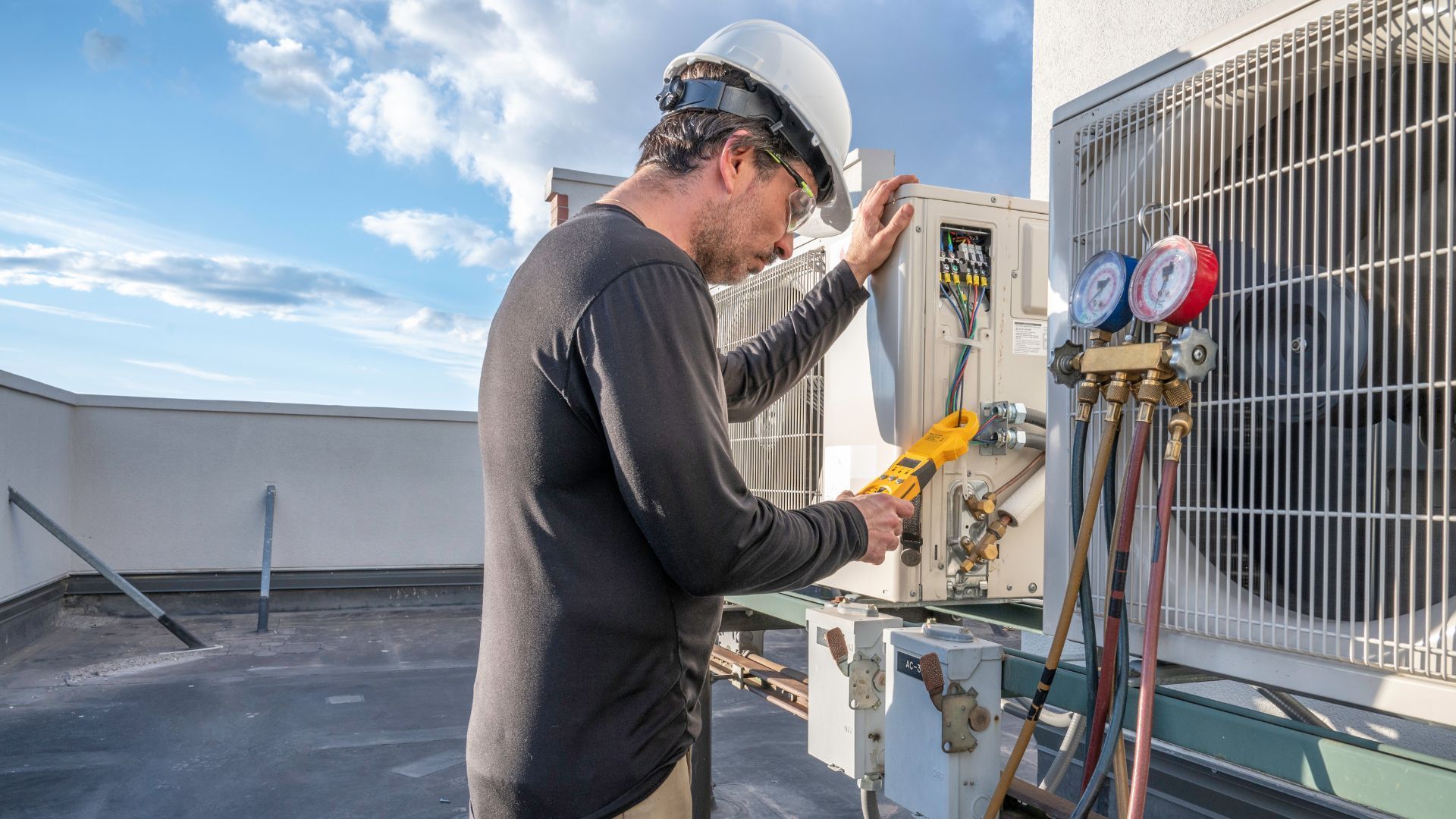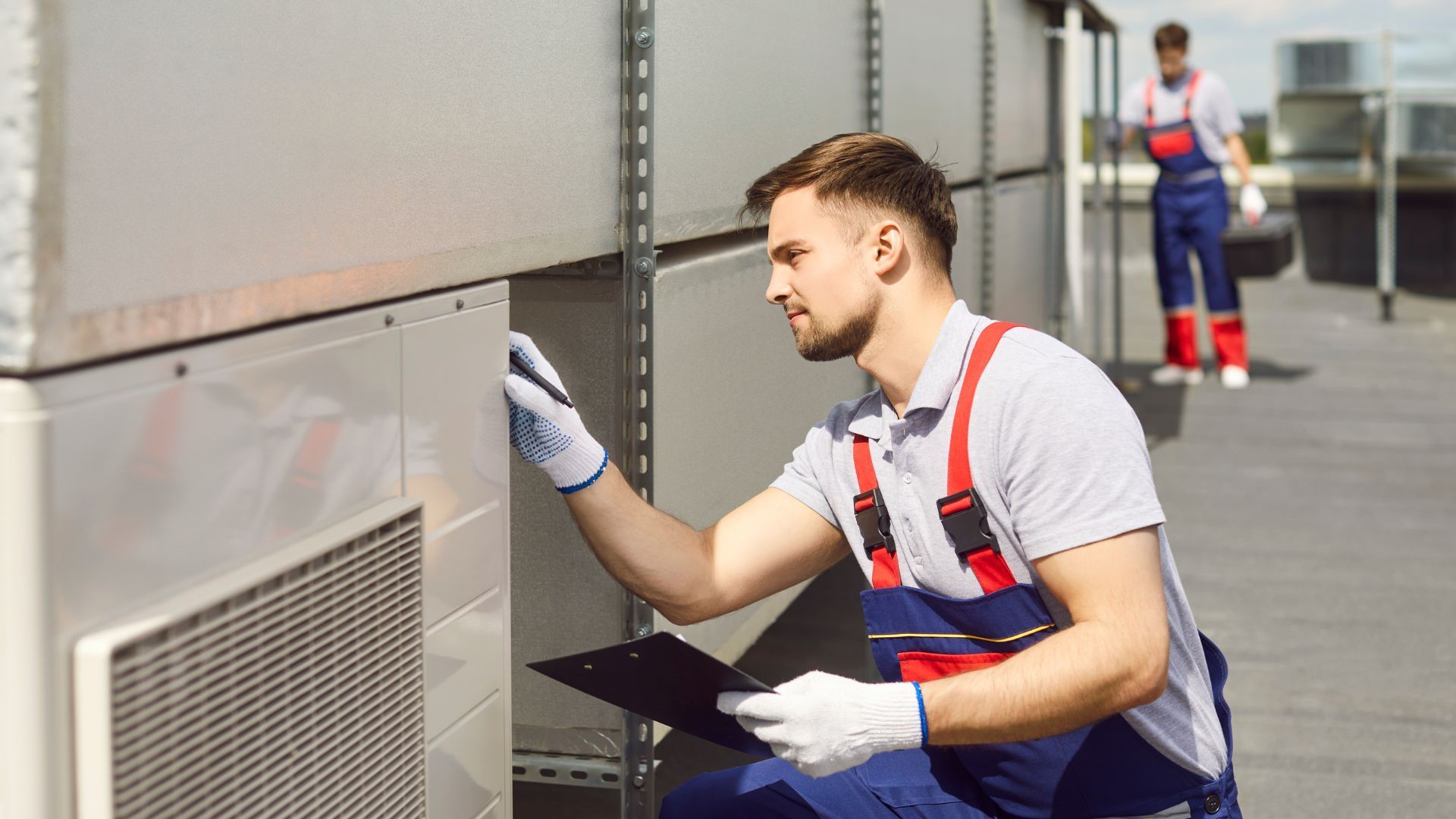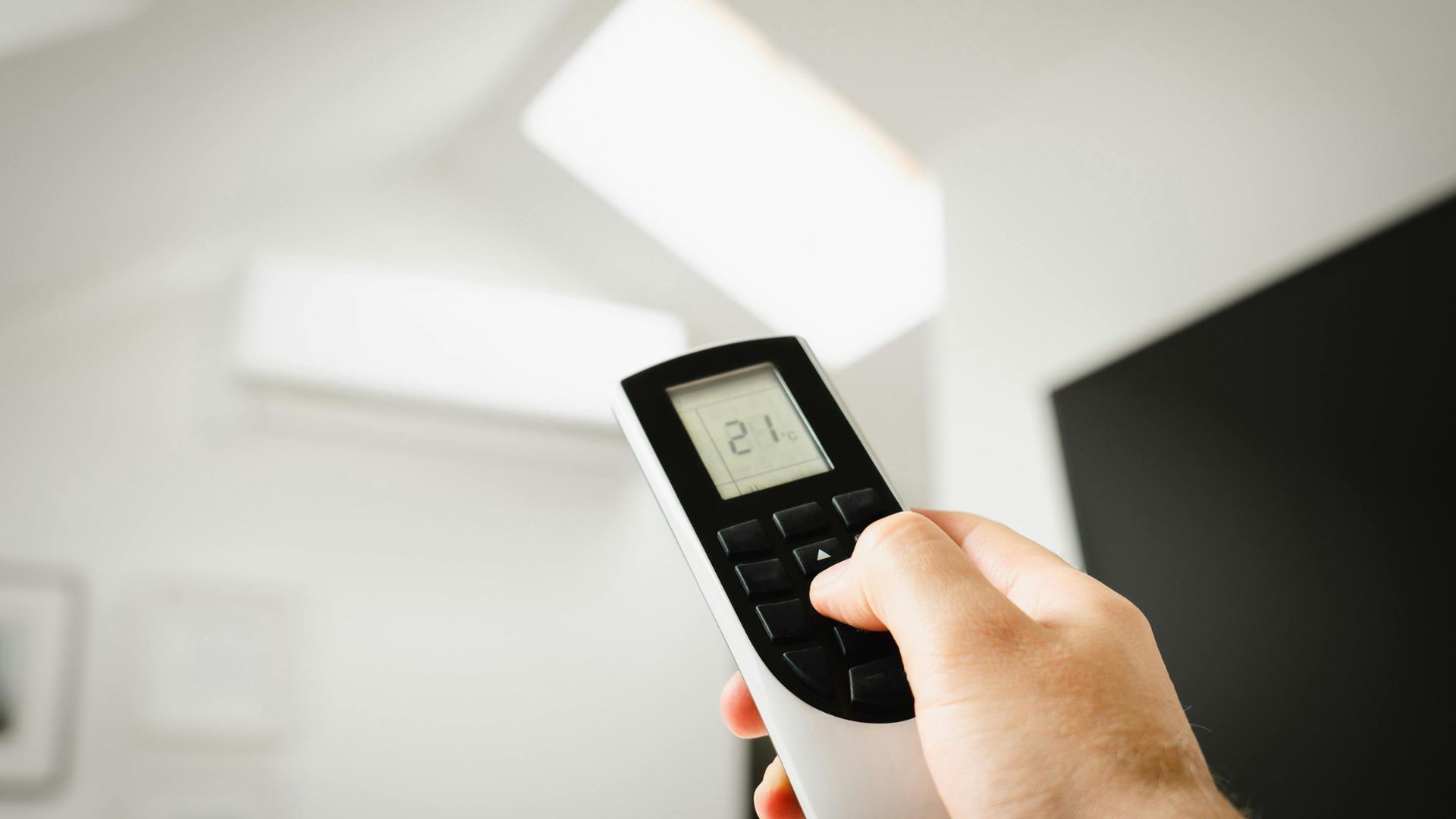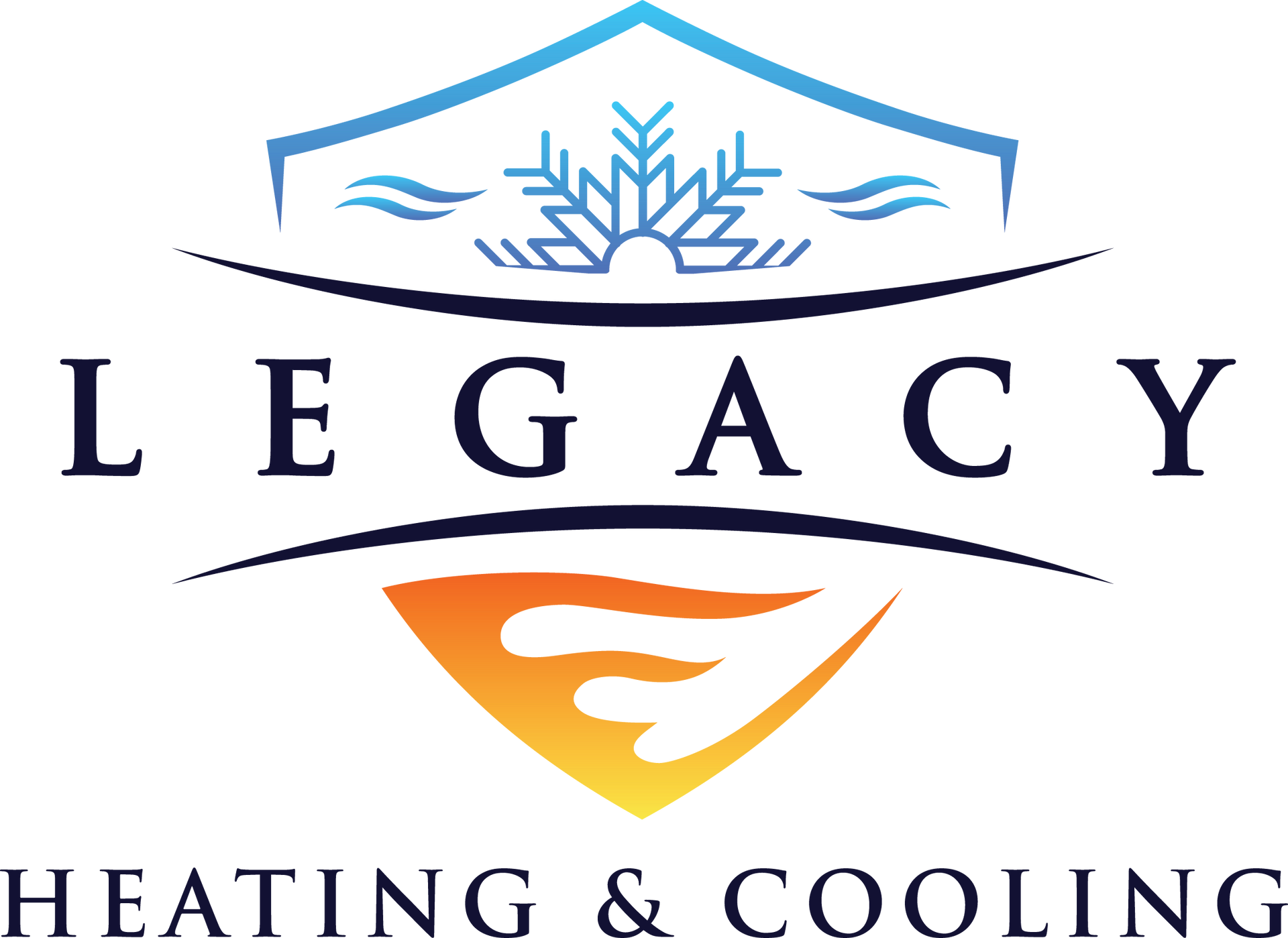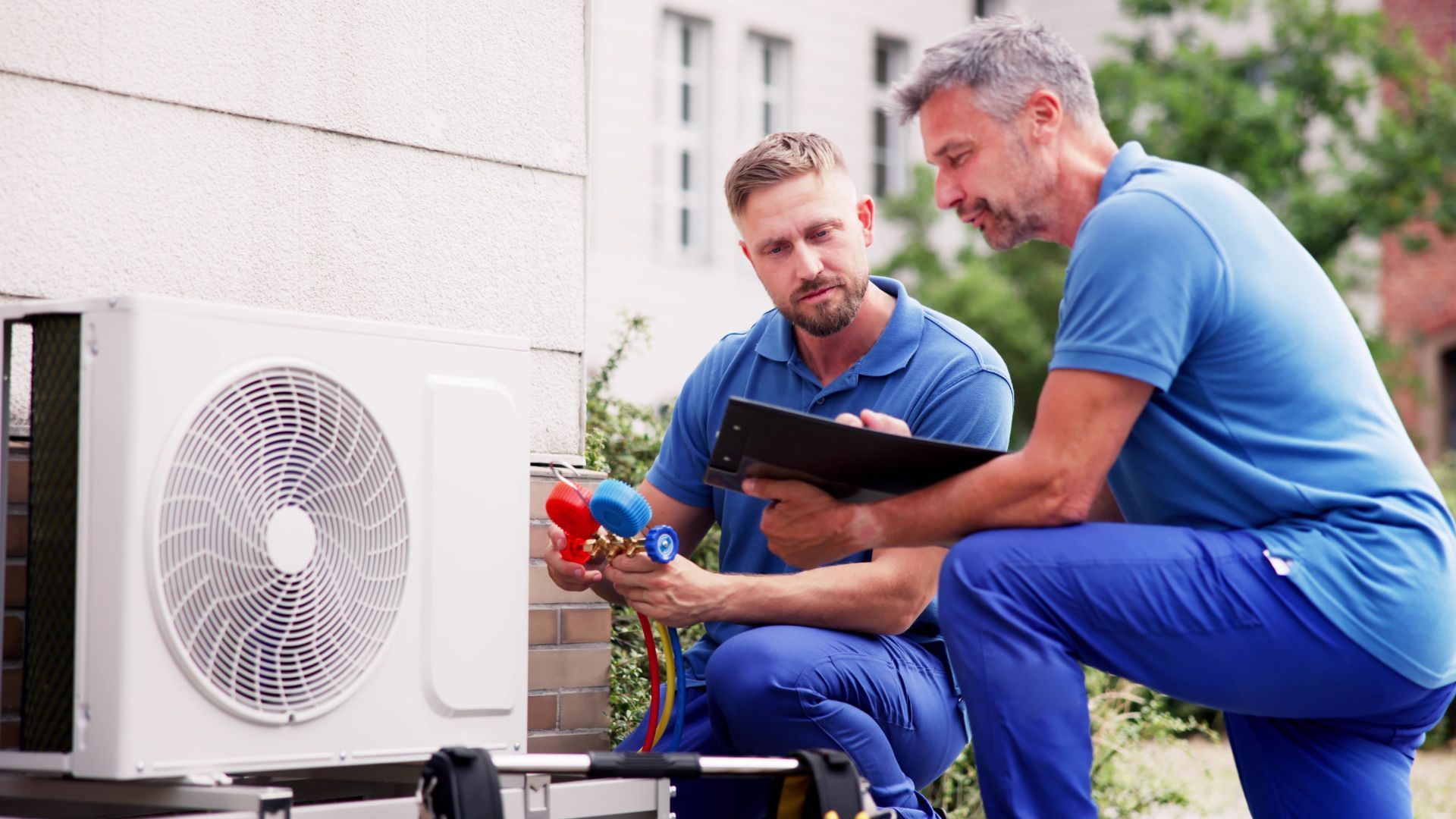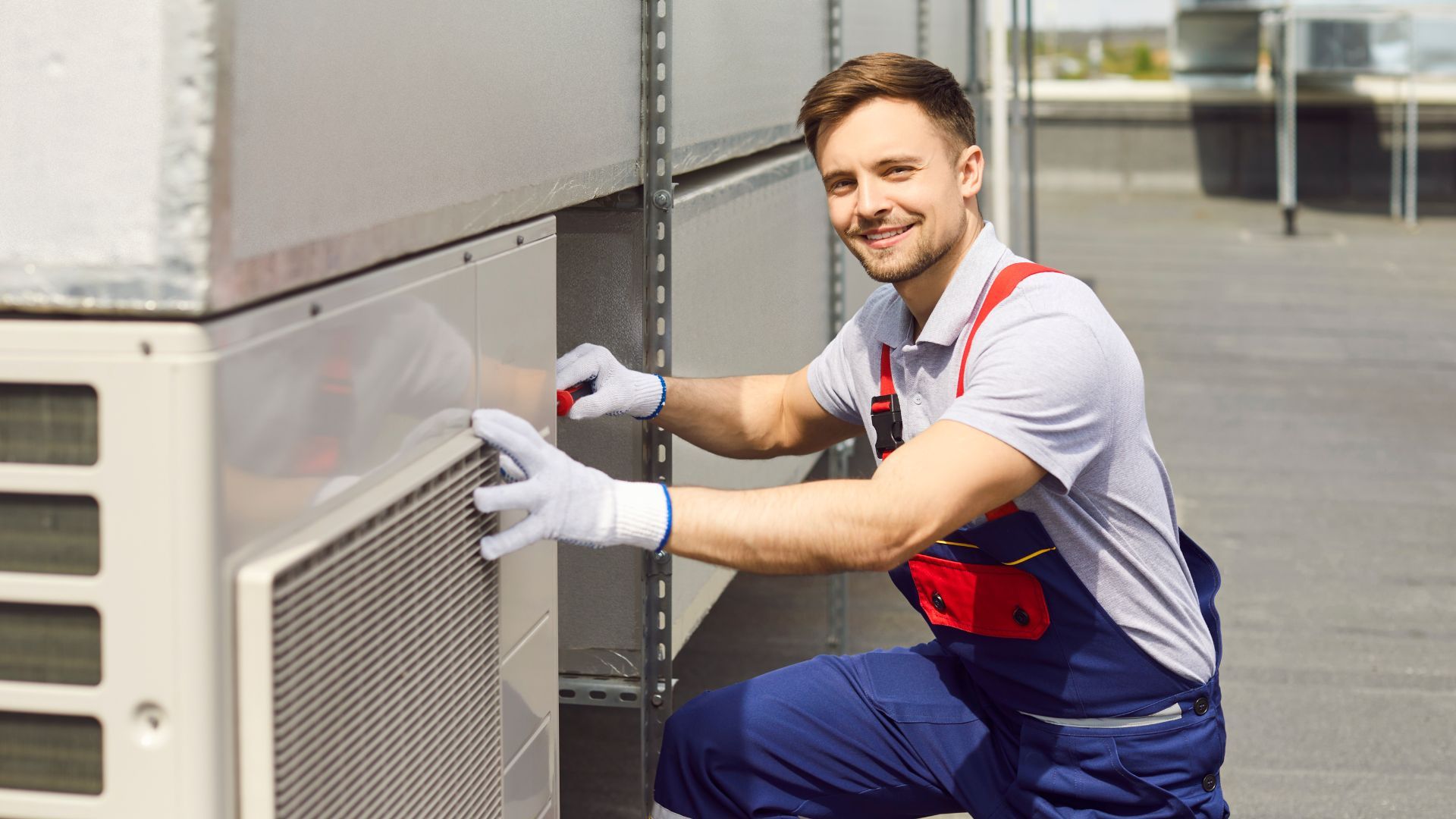Commercial Indoor Air Quality Services in Rhode Island: What You Need to Know
Maintaining healthy commercial indoor air quality is essential for Rhode Island businesses that want to protect occupant health, meet regulatory expectations, and sustain productivity. This guide explains commercial indoor air quality services, how commercial IAQ services in Rhode Island are tested and assessed, what purification and ventilation solutions are available, and why ongoing IAQ maintenance matters for local buildings. Readers will learn practical steps for scoping commercial air quality testing in RI, compare purification technologies and HVAC air filtration upgrades in commercial RI, and review cost drivers that influence commercial IAQ projects.
The article covers testing protocols, common contaminants, purification options such as HEPA and UV-C, ventilation strategies including ERVs, and an RI-focused compliance overview. Throughout, the focus is on actionable information for facility managers, property owners, and building operators seeking clear next steps for improving indoor environmental quality in Rhode Island.
What Are Commercial Indoor Air Quality Services in Rhode Island?
Commercial indoor air quality services are professional building environmental services that diagnose, test, and mitigate airborne contaminants to improve occupant health and system performance. These services work by measuring pollutant levels, inspecting HVAC and ductwork systems, and recommending filtration and ventilation upgrades to reduce exposures. The primary value is reducing health risks and operational disruptions while aligning with standards from organizations such as ASHRAE and state guidance. Facility managers use these services to identify sources, prioritize interventions, and document results for compliance or tenant communication.
These core components summarize the scope of commercial IAQ services in a practical checklist before deeper assessment steps.
- Testing and diagnostic sampling to identify contaminants and concentrations.
- Filtration and air purification upgrades, including HEPA and higher MERV-rated filter installations.
- Ventilation, humidity control, duct cleaning, and targeted remediation for moisture and mold.
This list clarifies what providers deliver and sets expectations for next steps, such as scoping a site assessment.
What Does Indoor Air Quality Include for Commercial Buildings?
Indoor air quality for commercial buildings includes pollutant monitoring, ventilation rates, filtration effectiveness, humidity control, and building system integrity. Pollutants can be particulate matter, VOCs, combustion byproducts, or biological agents like mold; monitoring links measurements to actionable thresholds. Ventilation determines outdoor-air exchange, while filtration components—HEPA filters or MERV-rated filter upgrades—remove particulates from recirculated air. Humidity control prevents mold growth and limits pathogen survival, tying IAQ to mechanical systems and routine maintenance cycles.
Understanding these components helps property teams prioritize interventions based on measured risks and building use.
Which Commercial Properties Benefit from IAQ Services in Rhode Island?
Many property types benefit from commercial IAQ services, including offices, schools, healthcare facilities, hospitality venues, and light manufacturing sites. Offices often prioritize cognitive performance, so filtration and CO₂-driven ventilation are common upgrades. Schools and childcare centers require strict moisture and ventilation control to limit absenteeism and protect children. Healthcare and assisted living facilities need layered controls—filtration, UV-C, and strict monitoring—to reduce infection risk.
Mapping service choices to property type ensures solutions such as HVAC air filtration upgrades, commercial RI, or ERV installation match real-world operational needs.
How Is Commercial Indoor Air Quality Tested and Assessed in Rhode Island?
Commercial IAQ testing follows a stepwise audit process: initial survey and walkthrough, targeted sampling, laboratory analysis, and a remediation or upgrade plan that includes cost estimates and performance metrics. This workflow both diagnoses sources and quantifies exposure to inform decisions about purification or ventilation changes. Test results typically include concentration values, comparisons to reference levels, and prioritized recommendations for ventilation rate changes, filtration upgrades, or moisture remediation.
Below is a concise step-by-step process commonly used for commercial air quality testing RI.
- Pre-assessment and system survey: Document building layout, HVAC types, and occupant complaints.
- Targeted sampling: Collect particulate, VOC, CO/CO₂, and microbial samples at representative locations.
- Analysis and reporting: Interpret lab results, identify exceedances, and recommend corrective actions.
These steps produce a clear scope of work and cost drivers for remediation or upgrades.
Different tests detect different contaminants; the table below compares common commercial IAQ tests to clarify what each reveals.
This table compares common commercial IAQ tests, what they detect, and typical implications for building owners.
| Test Type | What It Detects | Typical Result / Implication |
|---|---|---|
| Particulate sampling (PM₂.₅/PM₁₀) | Fine and coarse particles from combustion and outdoor air | Elevated PM indicates a need for filtration upgrades or source control |
| VOC sampling | Organic chemicals from materials and cleaning agents | High VOCs suggest material replacement or ventilation increases |
| Mold spore / microbial sampling | Airborne fungal spores and surface cultures | Positive findings prompt moisture investigation and remediation |
| CO/CO₂ and combustion testing | Combustion gases and ventilation adequacy | High CO/CO₂ signals ventilation deficits or appliance issues |
What Are the Common Contaminants Tested in Commercial IAQ?
Common contaminants in commercial settings include mold and moisture-related organisms, volatile organic compounds (VOCs) from building materials and cleaning products, particulate matter from outdoor infiltration or combustion, and CO/CO₂ indicating ventilation performance. Each contaminant has characteristic sources and health impacts—mold relates to moisture intrusion, VOCs to off-gassing materials, and particulates to filtration gaps. Identifying the dominant contaminant guides whether to prioritize remediation, filtration upgrades like MERV-13 filters, commercial RI, or ventilation changes.
Recognizing contaminant profiles leads directly to cost and scope decisions for testing and remediation.
What Is the Typical Cost of Commercial IAQ Testing in Rhode Island?
Costs for commercial IAQ testing vary by building size, number of sample locations, urgency, and required lab analyses. Typical cost drivers include sampling complexity (e.g., multiple contaminants), laboratory turnaround, and whether follow-up verification testing is needed. As a rule, small targeted assessments cost less than full-building audits that require multiple sample types and HVAC commissioning.
Providing a realistic budget estimate during the scoping phase helps property owners prioritize tests and plan phased remediation or monitoring.
What Commercial Air Purification and Ventilation Solutions Are Available in Rhode Island?

Commercial purification and ventilation solutions range from filter upgrades and portable HEPA units to UV-C in-duct systems, bipolar ionization modules, and whole-building energy recovery ventilators (ERVs). Each technology acts through different mechanisms—physical particle capture, pathogen inactivation, or fresh-air exchange—and effectiveness depends on pollutant type and building use. Decisions should weigh maintenance requirements, effectiveness for target contaminants, and compatibility with existing HVAC systems.
- HEPA filtration: Best for high-efficiency particulate removal in critical zones.
- MERV-rated filter upgrades (e.g., MERV-13): Practical for many commercial systems, balancing filtration and fan capacity.
- UV-C and inactivation technologies: Useful where pathogen reduction is prioritized alongside existing filtration.
This comparison clarifies trade-offs and guides selection based on building constraints and pollutant profiles.
The table below compares major technologies by effectiveness, targets, and ideal use cases to support decision-making.
| Technology | Effectiveness / Targets | Pros / Cons / Ideal Use-Case |
|---|---|---|
| HEPA filter | Removes ≥99.97% of 0.3µm particles | Highly effective for particulates; needs compatible airflow and sealing |
| MERV-13 filter | Captures fine particles and some bioaerosols | Cost-effective upgrade for many commercial HVAC systems; check fan capacity |
| UV-C | Inactivates viruses and bacteria | Reduces viable pathogens in ducts; safety and maintenance considerations |
| Bipolar ionization | Reduces particles and some VOCs (mixed evidence) | Potential for reduced pathogens but requires product validation |
| ERV/HRV | Balances fresh air with energy recovery | Best for balanced ventilation and energy efficiency in tight buildings |
How Do Commercial Air Purification Systems Improve Indoor Air Quality?
Commercial air purification systems improve IAQ by removing or inactivating airborne particles, neutralizing biological contaminants, and reducing chemical loads. Physical filtration (MERV or HEPA) captures particulates, UV-C inactivates viable pathogens by damaging nucleic acids, and adsorptive media target VOCs. Performance is measured by reductions in measured concentrations and improvements in ventilation effectiveness numbers such as ACH (air changes per hour).
Choosing the right combination of technologies depends on the contaminant profile revealed during testing and the building’s HVAC capacity.
What Ventilation and Humidity Control Options Support IAQ in Commercial Buildings?
Ventilation strategies include increasing outdoor air fractions, installing ERVs/HRVs for energy-efficient exchange, and using demand-control ventilation tied to CO₂ sensors to match occupancy. Humidity control—keeping relative humidity roughly between 30–50%—reduces mold risk and can limit some pathogen survival. Commercial humidifiers, dehumidifiers, and building automation controls enable precise management and improve both comfort and IAQ.
Integrating ventilation and humidity control with filtration and monitoring creates resilient, compliant indoor environments.
Why Is Maintaining Commercial Indoor Air Quality Important for Rhode Island Businesses?

Maintaining commercial IAQ protects occupant health, boosts productivity, reduces liability, and supports regulatory compliance with state and federal guidance. Improved IAQ is linked to fewer sick days, better cognitive performance, and reduced tenant complaints, which together influence operational continuity and financial performance. For Rhode Island properties, aligning IAQ programs with RIDEM recommendations and recent legislative attention helps demonstrate due diligence and supports long-term asset value.
Below are quantified benefits that help make the business case for investment in IAQ.
- Health: Reduced respiratory symptoms lead to fewer sick days and lower health-related costs.
- Productivity: Improved air quality correlates with measurable gains in decision-making and focus.
- Compliance & Risk: Documented IAQ programs reduce regulatory and tenant-relations risk.
The following table links IAQ benefits to common business metrics for clearer planning.
| Benefit | Metric Impact | Typical Impact / Estimate |
|---|---|---|
| Health | Sick days/absenteeism | Reduction in sick days supports workforce availability |
| Productivity | Cognitive task performance | Better air correlates to measurable productivity gains |
| Compliance | Regulatory risk | Documented testing reduces compliance exposure |
Routine planning, testing, and targeted upgrades form the backbone of an effective commercial IAQ program in Rhode Island.
